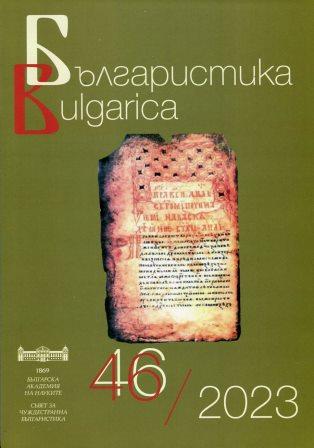
We kindly inform you that, as long as the subject affiliation of our 300.000+ articles is in progress, you might get unsufficient or no results on your third level or second level search. In this case, please broaden your search criteria.


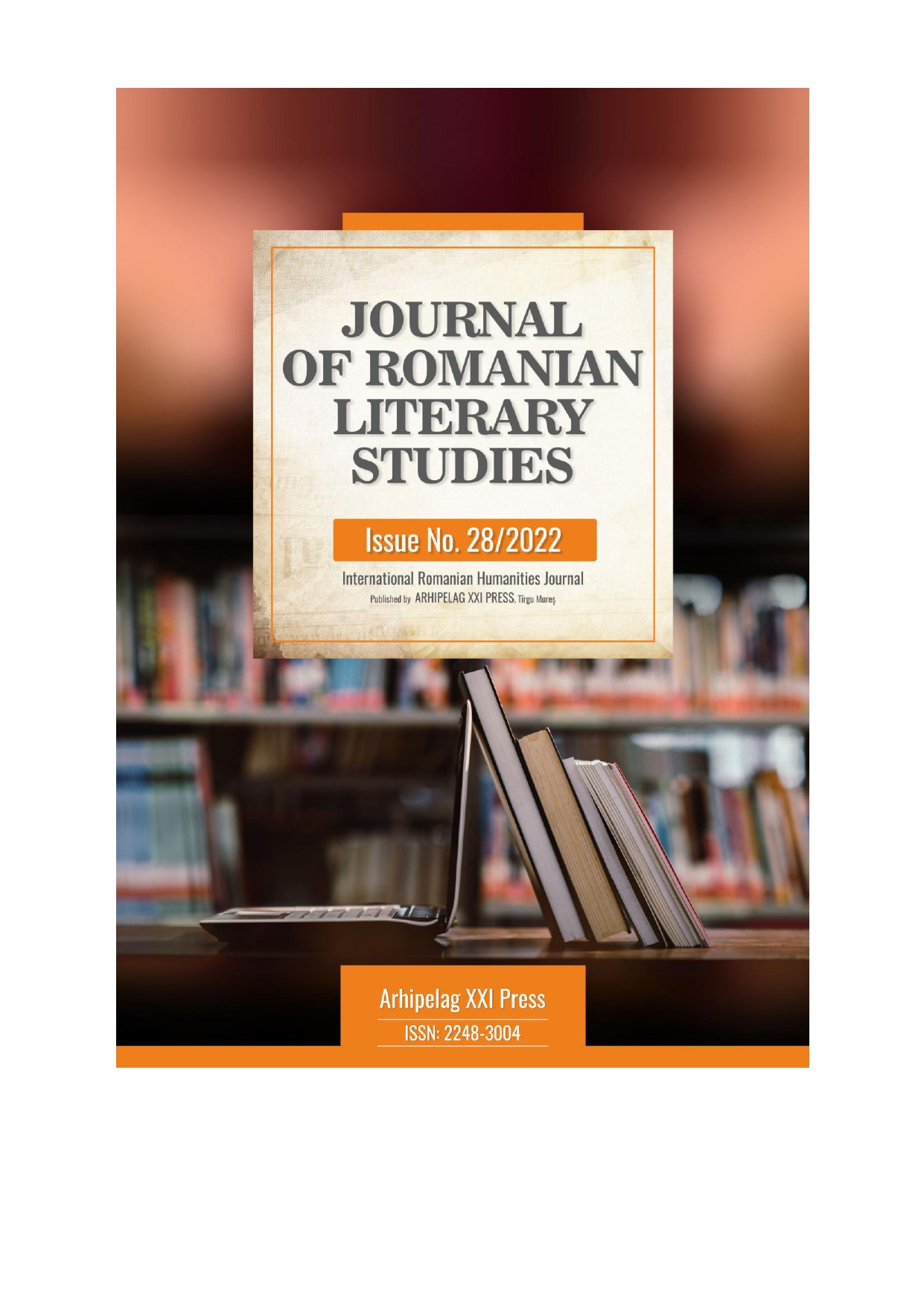
Campaigns to remove the unwanted population from certain territories due to political strategies, ideological considerations or ethnic discrimination have taken place in history in order to establish homogeneous populations in geographical areas occupied by citizens of several ethnicities. Ethnic cleansing was a method widely used by totalitarian regimes to eliminate citizens who might have opposed regime ideology. The paper aims to provide a series of examples from the Eastern European region, where Russia's communist ideology and propaganda have influenced the regimes of neighboring states that have adopted the same doctrine.
More...
The second world war had a major impact on global politics. Concluding in 1945, it led to the drawing of new borders, the emergence of new spheres of influence, military treaties and generated new conflicts. Influenced by the communist ideology during the political regime of the leader Gheorghe Gheorghiu-Dej, the travel memoir abroad, published between 1958-1965 (the withdrawal of the Red Army from Romania the death of the Romanian leader) presents numerous hypostases of the war: Hitlerist and anti-Hitlerist, anti-colonialist, the arms race, the nuclear danger, the representation of war in literature and art. The following study, which has been performed on a sample of twenty Romanian travel memoir volumes, details all these aspects of armed confrontations or of the cold war of the 50s and 60s.
More...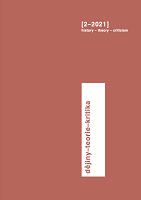
The study summarises Czech and partially Polish texts on medieval and early modern rituals which have been written in the last three decades. The historiographical preoccupation with rituals and ceremonies is subject to criticism, or it is related to the developments in recent European historiography. We can conclude that both Czech and Polish historians primarily focused on the rituals of the monarchy, which they viewed from the perspective of the main actor, i.e., the king, and considered them a reflection of the political power. Contrary to anthropologists, who are interested in cultural meanings and categories, historians leaned more towards a socio-historical perspective. Descriptions, which partly result in the confirmation of the main actors’ positions of power and partly in an insight into the everyday life and material culture of the power elite, are prominent in the texts. The overall result is a rather reduced reception of anthropological perspective in the analysis of ritual. The current knowledge, essentially dependent on the quality of the existing sources, could be expanded by taking inspiration from spatial studies, e.g., methods developed in recent archaeology, as the conclusion of the study shows.
More...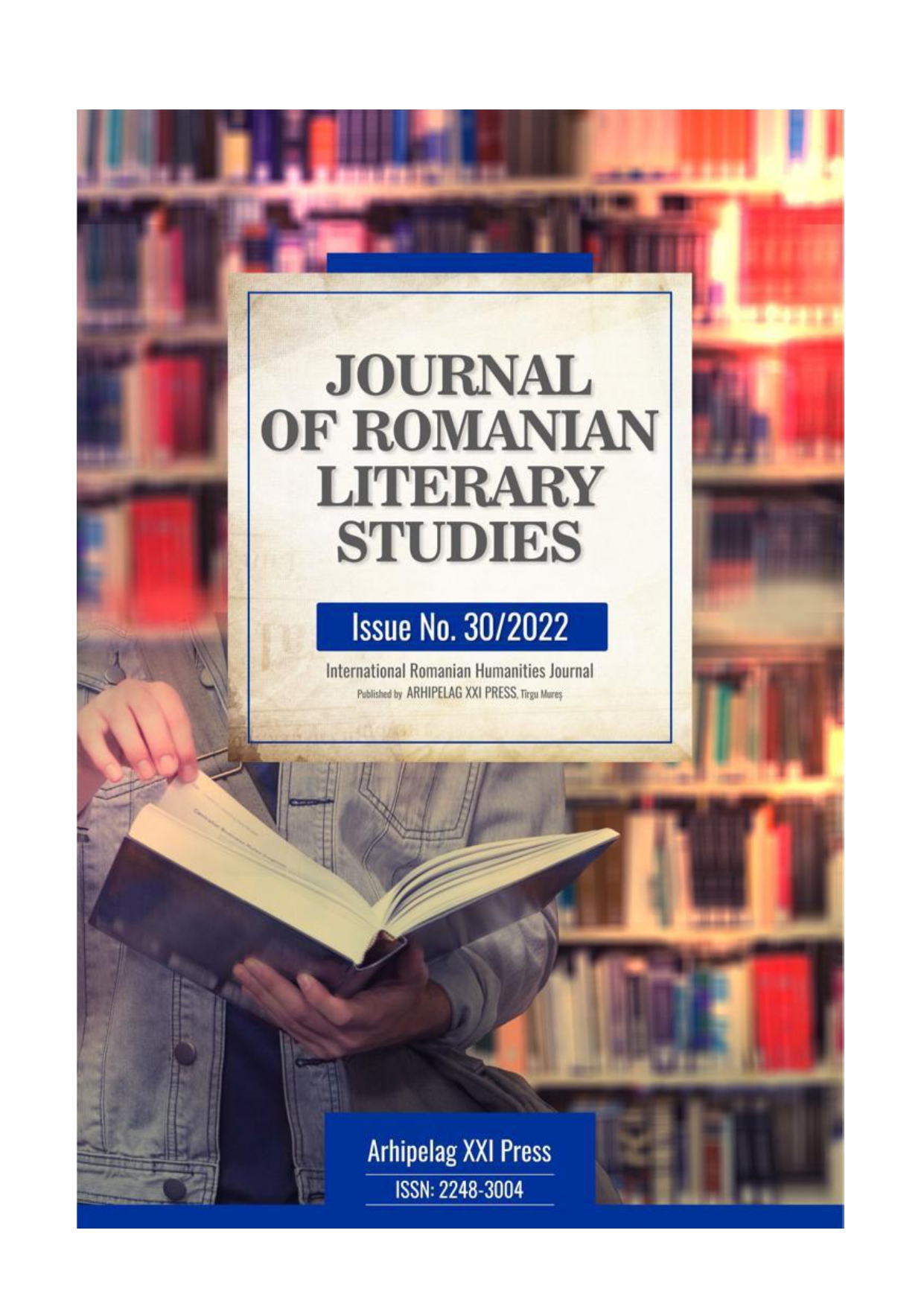
The study proposes a hermeneutic approach to the main temporal landmarks that shaped the idea and project of the Great Union, as well as on the role of reference personalities of the Romanian cultural space, whose speeches and influence, along whit the pragmatism and inspiration of some political leaders, contributed significant to the creation, over time, of the public support necessary for making the decision to involve Romania in the first world conflict. Elements of the hostile public and political climate are highlighted in which cultural personalities acted for the development of the feeling of national unity and, above all, for its fulfillment in a political project of country unity.
More...
Cultural heritage is fundamental for the specific sense of own identity in individuals and communities, constituting a non-renewable common thesaurus all members of society need to conserve, protect, restore, and enhance via mobilizing people and institutions in the process, including the political, legal and administrative entities. Multiple contemporary changes in the socioeconomic and cultural contexts alter the perception, experience and transmission of cultural heritage, with new technologies and innovative attitudes calling for the public to become active participants, either in person or online. Valuing cultural heritage generates cohesion by putting people and democratic values at the centre of a cross- disciplinary, multi-sectoral and enlarged approach. Thus history, languages, and art become clear benefits of studying cultural heritage, enhancing all individuals’ capacity of reflection, critical thinking and lifelong learning.
More...
Europe’s cultural heritage is a rich and diverse mosaic of cultural and creative expressions, an inheritance from previous generations and a legacy for those to come. It includes natural and archaeological sites, museums, monuments, artworks, historic cities, literary, musical, and audiovisual works, and the knowledge, practices, and traditions of all citizens. The policy in this regard pertains to the member states, via regional and local authorities, but the EU is also engaged in safeguarding and enhancing this treasure through numerous programs. Teaching Cultural Heritage is a useful tool in searching for the historical and cultural roots, thus assisting in developing European Citizenship competencies in students, and educating them to understand diversity and the importance of an intercultural approach to life. Cultural Heritage topics pervade the curricula and point to the common roots of human civilization.
More...
The migration of the Gothic population from the Vistula region and its settlement north of the Lower Danube and the Black Sea in the first part of the third century had the effect of establishing the Goths as the dominant political factor among the barbarian populations of the region until the Hunnic invasion of 375-376. Another effect was the gradual grouping of the Gothic tribes into two distinct confederations bounded by the Dniester. The two political structures, the Thervingi and the Greuthungi, would constitute the skeleton of the future branches of the Goths, the Visigoths, and the Ostrogoths, respectively. The article aims to analyse the political relations between the two confederations of Gothic tribes of the mentioned period in the context of interactions with the Empire. Among the most significant events for the topic covered are the attack of the coalition led by Rausimodus in 322-323 and the disintegration of the two Gothic confederations at the time of the Hunnic invasion. From the comparative analysis of the narrative sources, a number of elements stand out, such as the clear distinction made by Ammianus Marcellinus between the Thervingi and the Greuthungi leaders, for whom he uses the titles of judex and rex, respectively, but also the tendency of the sources to use the term Greuthungi many times when referring to the entire Gothic population. These aspects indicate the existence of a permanent relationship of subordination of the Thervingi confederation in relation to the Greuthungi. The article also discusses the problem of the names used for the two Gothic branches, considering that an equivalence relationship between the two pairs of terms, Thervingi/Greuthungi and Visigoths/Ostrogoths, cannot be established.
More...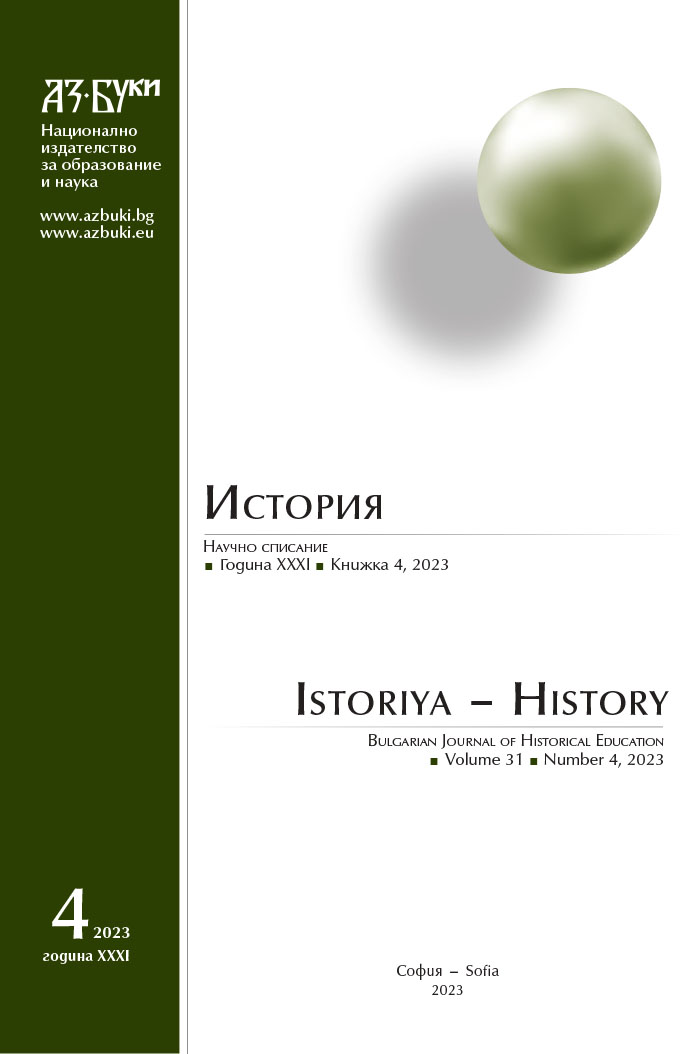
The article examines the presentation of the Ottoman Empire at the Philadelphia International Exposition in 1876, putting two main tasks in the study. On the one hand, it follows the coverage of the exhibition in the press of the Bulgarian Revival period, mostly by the American Protestant newspaper Zornitsa, which introduced to its readers the five main sections of the exposition, some inventions shown for the first time, and specific exhibiting countries. On the other, the Turkey’s preparations, participation in the fair and its results are studied in detail. For this purpose, a comparative and an idiographic approachеs are applied. In the end, new information on the subject regarding the preparation in places in the empire, as well as examples of Bulgarian participation, is presented. Turkey impresses visitors with high-quality carpets and an authentic Turkish café. Foods, goldsmith’s works, coming from the Bulgarian lands, and rose oil of two Kazanlak companies are exhibited.
More...


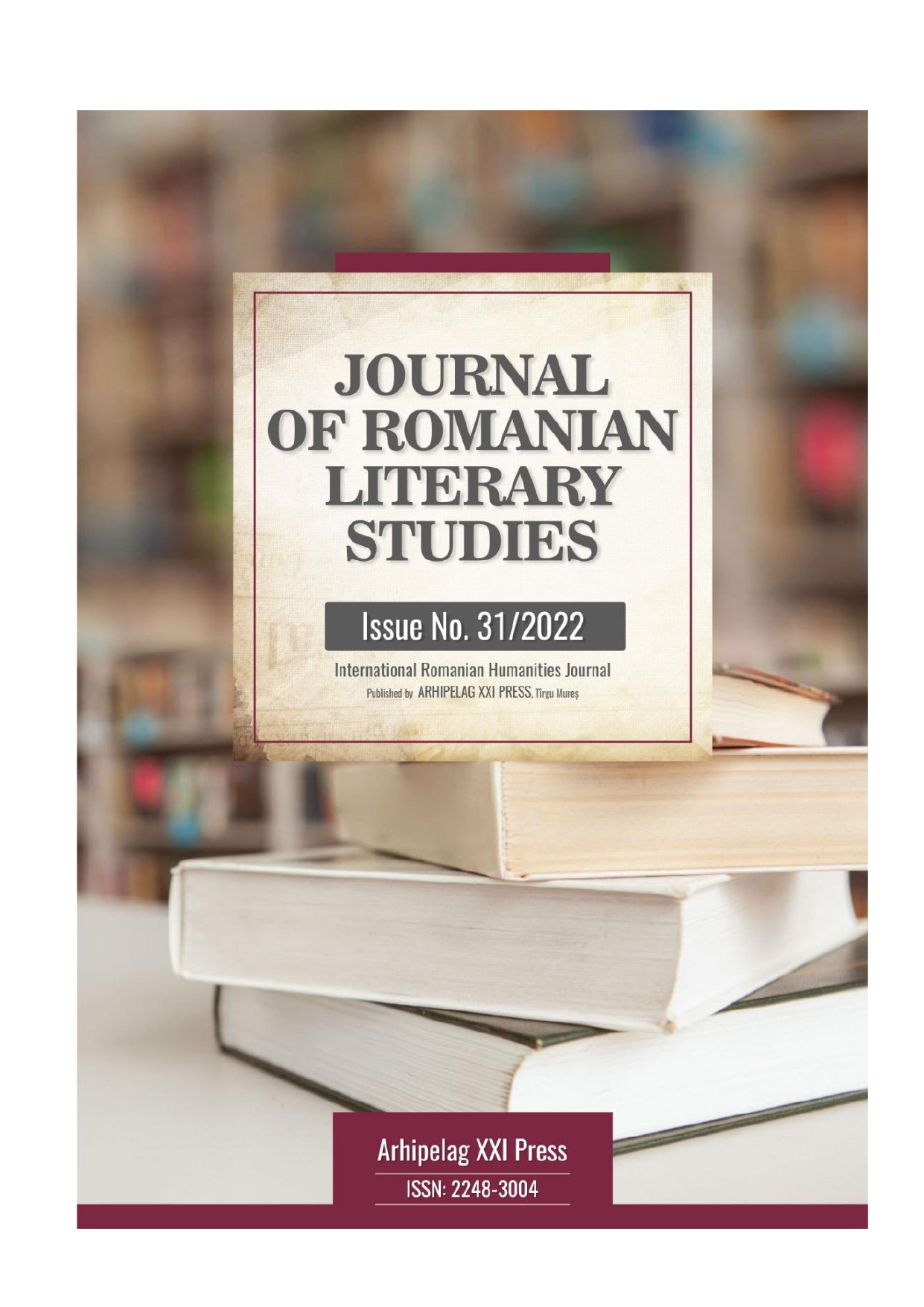
With the year 1970, Nicolae Ceausescu’s cult of personality was one of the defining elements of Romanian communism. Activists, artists, writers and journalists, a series of people constantly preoccupied with material gains, important positions in society and more, brought a significant contribution to the glorification of the leader from Bucharest and his homeland, creating a real propaganda machine, which spawned a growing cult of personality. In addition to representing the figure of Nicole Ceausescu in tens of thousands of paintings, graphic works, sculptures, songs, in the area of literati and literature, the pages of literary magazines were also full of political writings that would outline the ideal image of the leader and the state. Writers such as Veronica Galis, Corneliu Vadim Tudor, Ion Brad expressed, in their own style, the feelings of love and veneration for the leader, for the country and the nation they belonged to. Despite the preponderance of writings published in such a direction, there were also works whose theme was completely distanced from what it meant to adore/praise the leader and the regime, focusing on other themes, the entire poetic discourse of writers rather focusing on the image of nature, a love etc. At first reading, these writings did not arouse any alarm sign, which is why they went unnoticed for activists of the time, being able to be published. On closer inspection, however, these creations evoked hidden meanings. The approach, in particular, of a desolate setting, of tragedy, of pain, often found in the works of writers like Ana Blandiana, Stefan Augustin Doinas, Mihai Beniuc was a hidden way of projecting a reality, which they, at that time, lived and which they were deprived of exhibiting. That's why for many of them, the period of the 1970s-1980s meant a censorship of creative ideas, with the writers being forced to express their true feelings using a coded language.
More...
Like all the Romans from wealthy families, Augustus benefited from all the necessary conditions for the formation of qualities that would propel him into the political career he followed. Augustus was born into a middle-class family, the equestrian class, his predecessors showing great ambition and gradually evolving into the importance of the magistrates they occupied. From this perspective, Augustus showed himself to be a continuation of the success of his predecessors. Destiny played an important role in shaping the personality of the future emperor. Growing up under the sign of his uncle's greatness, Augustus showed from childhood the qualities necessary for a leader, continuing to perfect his training. Although, physically, the gods did not endow him with a strong organism, self-discipline, energy, ambition, and patience compensated for the shortcomings of physical qualities. The constant contact with his uncle Julius Caesar made Augustus a legendary character, able to draw important conclusions from the mistakes of his predecessors, adaptable, who led Rome into a new era.
More...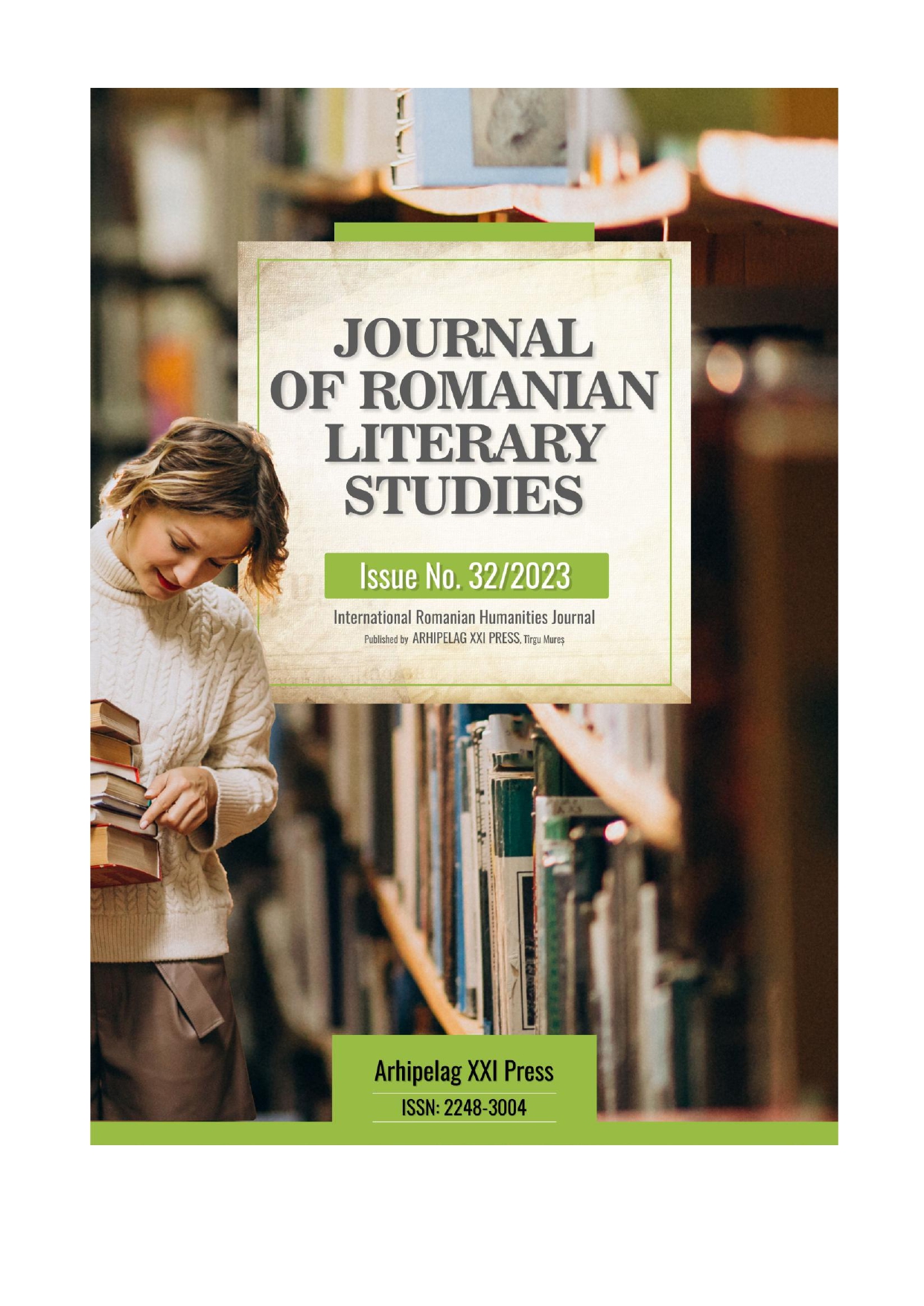
At the end of the interwar period and the beginning of 1940, the attitude of the Ukrainian minority in Romania was strictly dependent on the international political situation. The leaders of this minority were aware of the intensive action coordinated by the leaders of the Ukrainian emigration in order to create a united front, with the aim of achieving, by any means, an independent Ukrainian state. Ukrainian leaders were on standby, waiting for a decisive event to determine their stance. In this context, the developments in Romania's relations with Poland were also relevant, as well as the attitude of the Polish state in relation to the Ukrainian emigration.
More...
At the end of the Austrian-Hungarian rule, Bukovina, compared to the other historical provinces which united with Romania, had the highest number of literate people and the highest number of pupils registered in primary schools. However, even before the annexation to the Austrian Empire in 1774, this area in the North-Western part of the Principality of Moldova had begun, through its authorities, implementing an array of school reforms in the spirit of the Age of Enlightenment, which aimed to make education available to all and mandatory. Hence, how did the primary education system from Bukovina transform during the Austrian occupation? Did the people and ethnic minorities living in this area benefit from education in their mother tongue or where they subjected to a policy of cultural uniformization through the exclusive use of the German language? Additionally, the matter of the “Ruthenization” of Bukovina will be reviewed. This paper tries to update this matter and take into account the most well-known historiographical perspectives in a concise and unbiased manner.
More...
Until the 14th century, the correspondence between clothing and the personal identity of individuals manifested itself through the expression of social status, functions and occupations, and standard of living. Costumes were not means of communicating inner identity, taste or individual personality, but were primarily tools for signalling social or gender identity. Until the 14th century, one cannot speak of the existence of personal style, with the meaning of deliberate choice in the absence of conservative constraints of social, political or religious norms and rules. Starting from the 14th century, although clothing remains a form of communication of social status and at the same time a mirror of the collective spirit, the first timid attempts to individualize clothing are produced. The lower social classes are gradually trying to overcome the limits of an image determined by their modest condition, now reproducing the costumes of the bourgeois and the representatives of the upper social classes are developing impressive wardrobes. The individualization of the garments was due to their unique manufacture and not in series, having as a source of inspiration the court costume models and being in fact personalized variations of these prototypes.
More...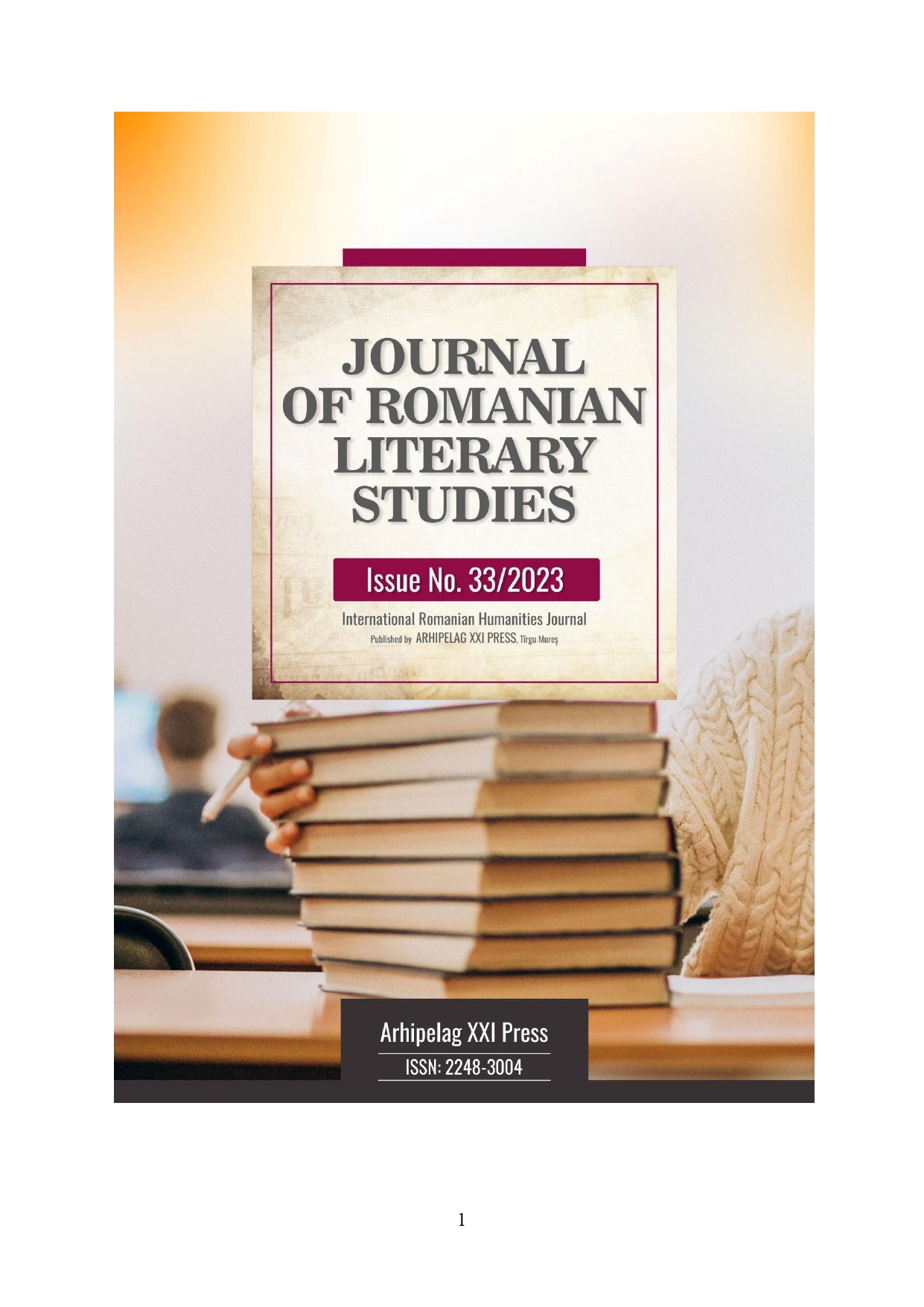
In between the cultural and the intercultural there can be possible and, at the same time, real interactions and metamorphoses. We believe this to be true, and these can be transformed, in most of the time, in different forms and modalities. Culture is the one auctioning through the intervention of both the values and norms of some individuals, but mostly of humanity. Its contribution is unlimited in space and time to what the forming and development of human personality means.
More...
The deportations from the Moldavian SSR took place during the first decade of the Sovietization of Bessarabia and represent a traumatic event in the contemporary history of the Republic of Moldova. Given the collective silence during the Soviet period on this phenomenon, the last two decades have been marked by efforts to create scientific and cultural representations of this historical event. Being part of the category of anthropogenic historical traumas, in which the traumatic factor is individually human, the subject of transformations of human relations in a totalitarian context is a central one for research projects dedicated to deportations. This article deals with deportees' representations of the causes and conditions of deportations and highlights hypotheses formulated by deportees. One of the deportees' hypotheses refers to local social animosities, and the issue of envy is invoked. The article presents the deportees' arguments, followed by psychoanalytic theorizations of this hypothesis.
More...